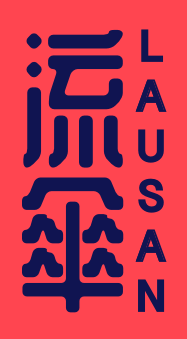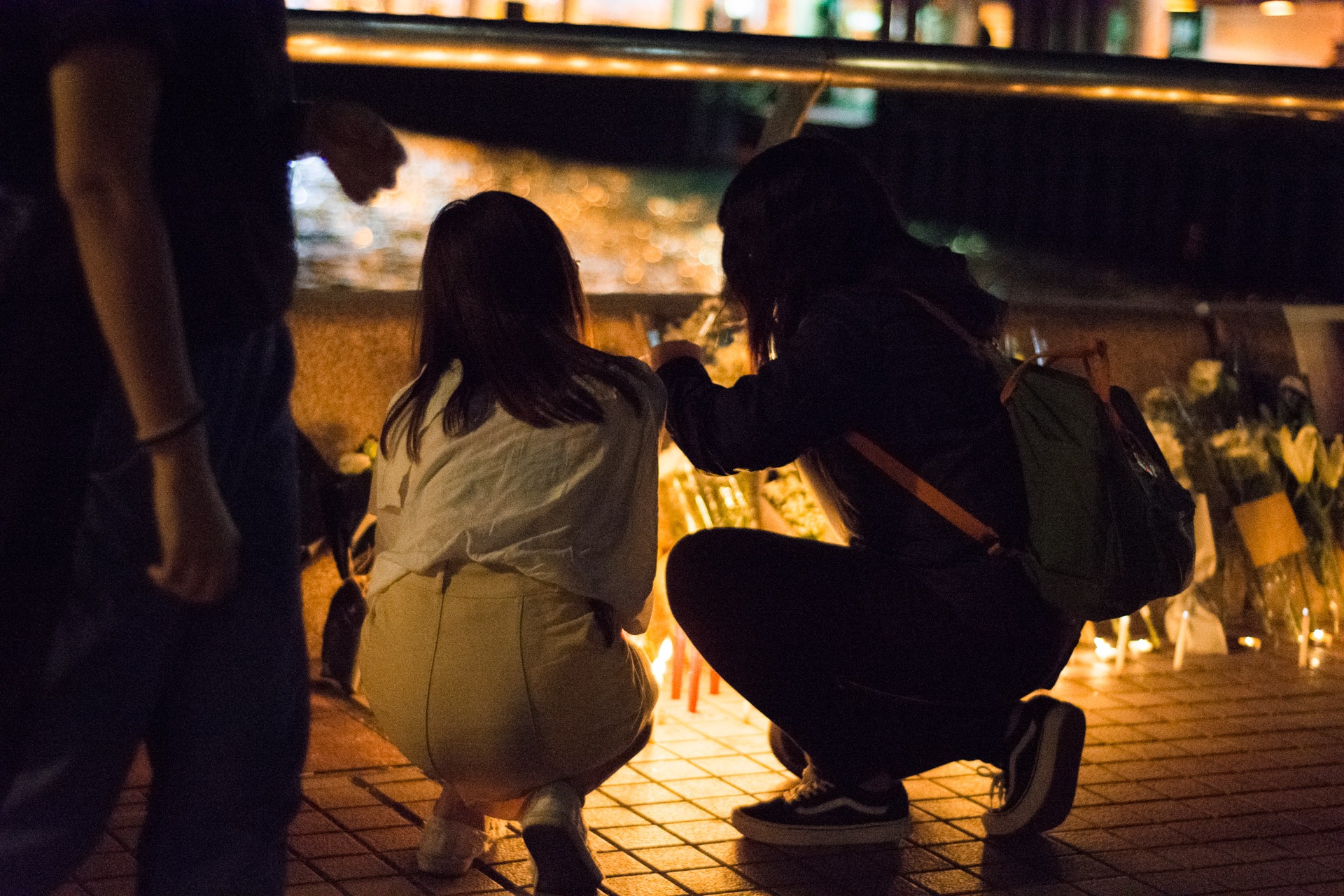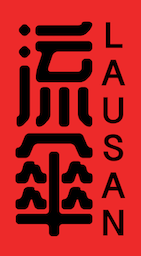WY is a clinical psychologist and a member of the Hong Kong Democratic Alliance of Overseas Postgraduate Students (AOPS). She thanks Dr. Harry Wu Yi-Jui (HKU) for his comments on an earlier version of this article.
A Chinese version of this article was first published on Apple Daily.
Hong Kong society has been undergoing an incredible upheaval and transformation since the million-strong protests in June against the extradition bill, and few residents of the city have been left untouched by the frequent protests, tear gas in every district of Hong Kong, violent clashes with police and brutal scenes of crackdown. Although the movement has united groups ranging widely in age, class, ethnicity, politics and religion, it has also introduced generational conflict into many families with the polarisation of society into a large supportive majority and an older minority in opposition. Given the government’s continued use of the police to repress social dissent and denial of a political resolution, despite overwhelming defeat in the recent District Council elections, there is no end in sight to the conflict.
Inevitably, social movements and upheavals of such widespread scale and impact trigger powerful emotions, particularly for supporters of the movement who face institutional oppression and police brutality. Fear, anxiety, rage, helplessness, and despair are completely natural responses to the collapse in trust in our institutions to ensure personal safety and deliver justice; those who are resisting anonymously on the front lines, with very real risks of injury and arrest and often without their families’ support, are especially vulnerable because of their exposure to traumatising situations.
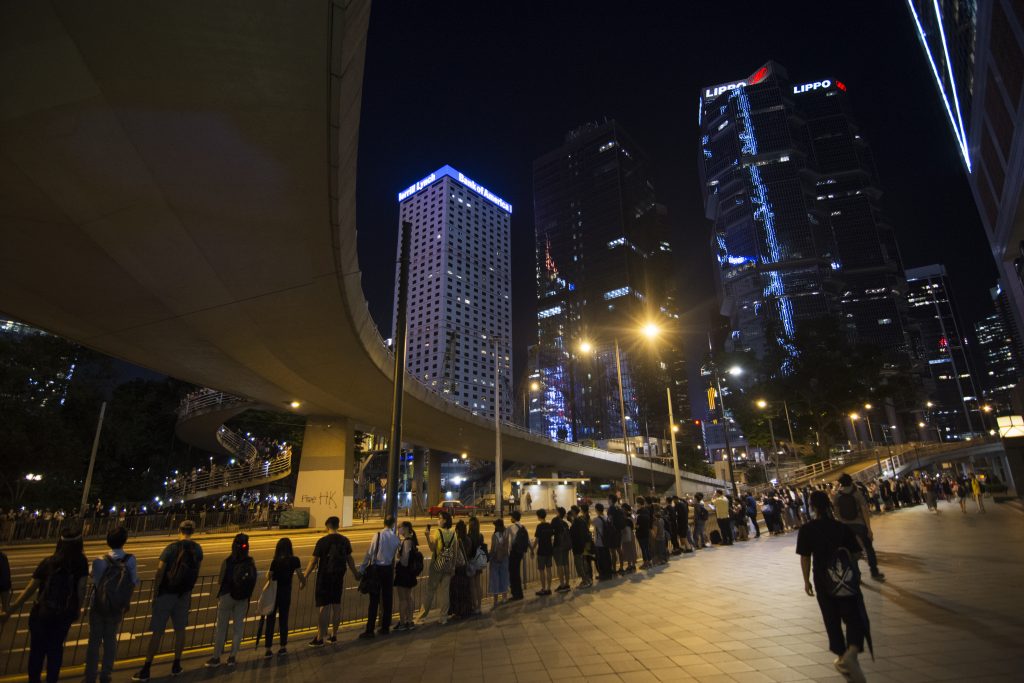
Collective trauma
It is not an understatement to term what Hong Kongers are experiencing “collective trauma”—traumatic events that are directed at and affect whole groups and communities. More than diagnostic labels of depression, anxiety, or post-traumatic stress disorder, “collective trauma” highlights the inextricable link between state violence, sociopolitical oppression, and the psychological wounds they cause. Importantly, by defining the wound as one that is inflicted by the system onto a community, it allows us to connect to others who are similarly situated in solidarity and opens up the possibility of imagining collective solutions for healing.
Fear, anxiety, rage, helplessness, and despair are completely natural responses to the collapse in trust in our institutions to ensure personal safety and deliver justice.
Throughout the anti-extradition protests, old paradigms have been discarded and new ways of working together have revolutionised and vitalised the movement. Inspired by ideas such as “we all climb the hill, each in our own way,” “not cutting the mat,” “be water,” and through a leaderless/leaderful model, “the revolution of our times” has generated impressive demonstrations of mutual aid and solidarity between radicals and pacifists, old and young, and across numerous occupations—lawyers, construction workers, medics, social workers, housewives, teachers, financial professionals, etc. Critically, it has also triggered a rethinking within professions of their complicity with oppressive and dehumanising structures. The government has weaponised the legal, medical, and social care systems against protesters, engendering an emergent resistance—“activist” organisations of doctors, psychologists and social workers, dating from the Umbrella Movement, are an indispensable presence on the front lines, in underground clinics and Telegram counselling services, and mobilise to contest the official discourse from the government. A rallying cry of social workers exhorts, “Don’t become tools for ‘maintaining stability’!”
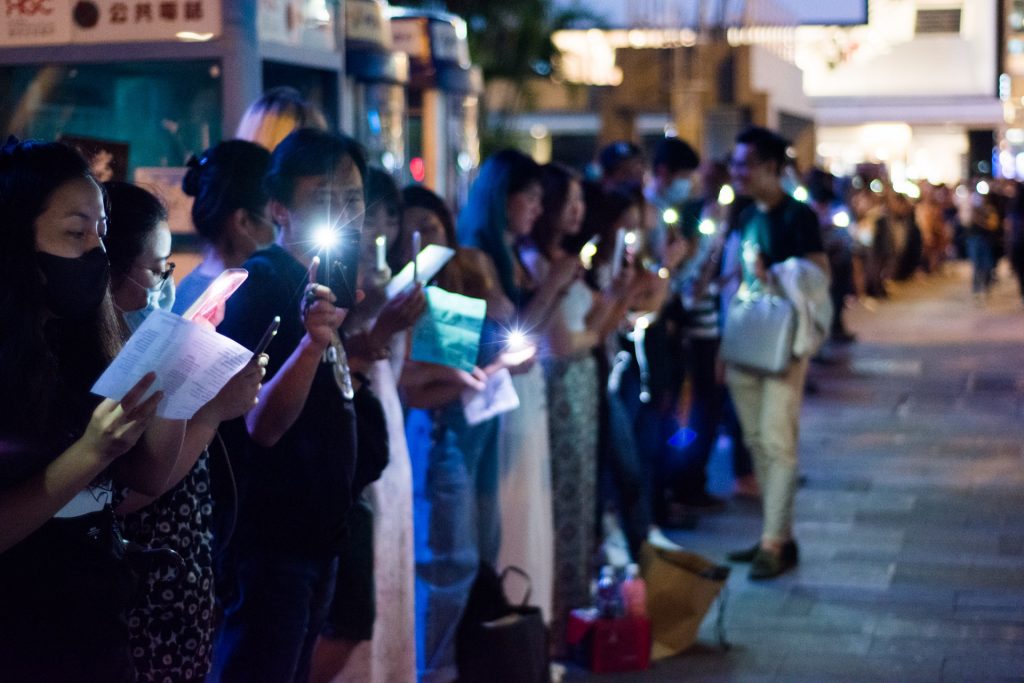
Mental health beyond an individualised illness
But the revolution must go beyond the way we work into how we conceptualise our role and the theories and paradigms we use. Within the mental health professions, concern was sparked early on by a string of suicides linked to the political situation. Experts warned of an “epidemic” of mental illness precipitated by the protests, citing surveys that show record-high depression and anxiety rates, even dispensing advice on how to avoid “spreading the infection” by insulating oneself from the news. This was rightly criticised as an inappropriate perspective that pathologised normal reactions of distress to an abnormal situation and stripped them of their sociopolitical context. A young person in Hong Kong can no easier cut themselves off from what is happening than a fish could rid itself of water.
‘Collective trauma’ highlights the inextricable link between state violence, sociopolitical oppression, and the psychological wounds they cause.
Mental “health” and “disorder” have always been socially defined, closely tied to what is considered “normal” behaviour by the powerful, as the histories of homosexuality, gendered and racialised diagnoses amply illustrate. How can we begin to understand what “mental health” means when the threat of injury and arrest is ever-present and the social fabric is rent apart? How do we even define “normality” under such extreme conditions? The liberation psychologist Martín-Baró writes, “reacting to such [collective traumatisation] with uncontrollable anxiety or with some form of autism must be considered a normal reaction to abnormal circumstances, perhaps the only way a person can cling to life and withstand such a suffocating knot of social relations.” The state of student protesters at PolyU after a week of police siege serves as a disturbing echo of this. It is within such “limit situations” that the inadequacy of seeing human distress as individualised illness becomes clear.
More insidiously, by placing the pathology in individuals, the oppressive structures—state violence, human rights abuses, extreme inequality and poor living conditions, Hong Kong’s bleak future—that are causing such despair and anxiety in so many of us disappear from view, to be replaced by the double whammy of a responsibility on the person to somehow “fix themselves” through seeking help from doctors, taking medication, practicing self-care, avoiding the news; as well as the intense social stigma attached to the label of being “mentally ill.” This individualised definition of “mental health”—essentially, to be “functional” and content within a distorted and traumatising society—alienates us from others who are suffering in the same position. The stigma turns us inward in shame, and towards individualised solutions of pills and counselling that struggle to meaningfully explain our suffering.
The stigma turns us inward in shame, and towards individualised solutions of pills and counselling that struggle to meaningfully explain our suffering.
If mental health workers are to commit themselves to justice, collective healing, and addressing the real needs of the people they serve, they must confront their own professions’ ideological allegiance to the established order and resist becoming tools of the state by uncritically propagating such discourses to the people they support. And once we reorient our collective understanding of mental health to be social as well as political, it becomes clear that any “cure” must address not only the symptoms that manifest in individual suffering, but the root causes of structural dehumanisation and social injustice.
